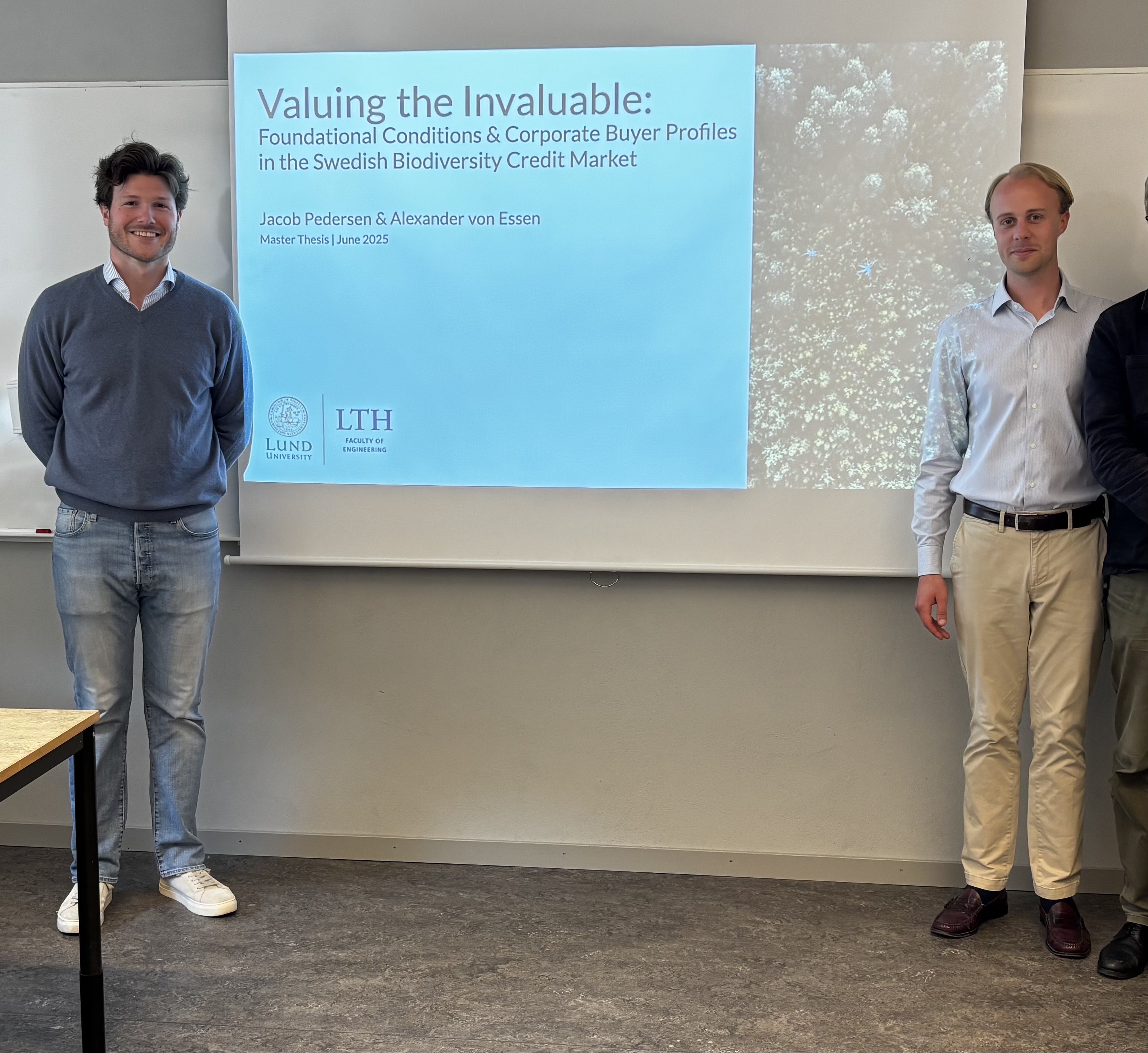August 4, 2025

Qarlbo Biodiversity recently completed the first-ever transaction involving the sale of biocredits in the United States. The sale was made possible through your forest property in Merryville, Louisiana. How would you summarize the deal?
This is a significant deal—not only because it marks the first biocredit transaction in the U.S., but also because it demonstrates that it’s actually possible to receive financial compensation for practicingforestry that supports biodiversity.
Moreover, the deal shows that a practical andfunctional solution now exists for trading biocredits—a solution that Qarlbo Biodiversity has helped develop. This paves the way for many more transactions of this kind in the future.
It means that landowners who want to pursue environmentally friendly forestry by selling biocredits have an opportunity to maintain the return on their forest land—while also contributing to the conservation of natural ecosystems.
The value of the biocredit sale amounts to approximately 250,000 SEK over five years. What is your view on the relatively modest size of the deal?
The amount isn’t what matters most. With this deal, we’re proving that biocredits can fully compensate for altered forest management that helps restore biodiversity in traditional commercial forests.
In that sense, we’ve moved from talking about the theoretical value of biocredits to actually showing that it’s possible to receive payment for forestry practices that are sustainable and more in harmony with nature than conventional commercial forestry. In that way, this is a game-changer.
Was it difficult to finalize this deal?
“Difficult” may not be the right word—but since this deal includes several groundbreaking elements, it has certainly required an effort.
The first step was developing a scientific methodology for biocredits. This makes it possible to carry out transactions in a way that assigns a price to positive biodiversity outcomes—something that’s essential for being able to restore nature in production forests.
The second step was finalizing the deal itself with the real estate agent 6M Properties. It was essentially a traditional negotiation, even though this represents a new type of asset class. Both parties were highly motivated to complete this historic biocredit transaction on the U.S. market.
How do you view the future potential for additional biocredit transactions in North America?
It’s incredibly exciting. The conditions are now in place to scale up the shift toward biodiversity-friendly forestry. I’m convinced there are plenty of buyers out there, and with an established infrastructure and pricing mechanism, future deals will be easier and faster to complete.
At Qarlbo Biodiversity, we are ready to acquire more forest in the US—and that means we’ll also be able to sell more biocredits.
Can you explain in simple terms what a biocredit is and how it works?
A biocredit aims to assign an economic value to biodiversity—such as plants, animals, and ecosystems—and makes it possible for stakeholders to trade those values.
A credit represents a permanent, measurable and independently verified positive biodiversity outcome achieved on one hectare of forest land over the course of the year. This outcome is additional to what would have occurred without theimplementation of the project.
For Qarlbo Biodiversity, our biodiversity credits represent the measurable uplift in biodiversity achieved on our project sites, beyond what is considered business as usual. Each credit is a verified unit that reflects tangible ecological improvements, backed by rigorous monitoring, reporting, and verification protocols.”
